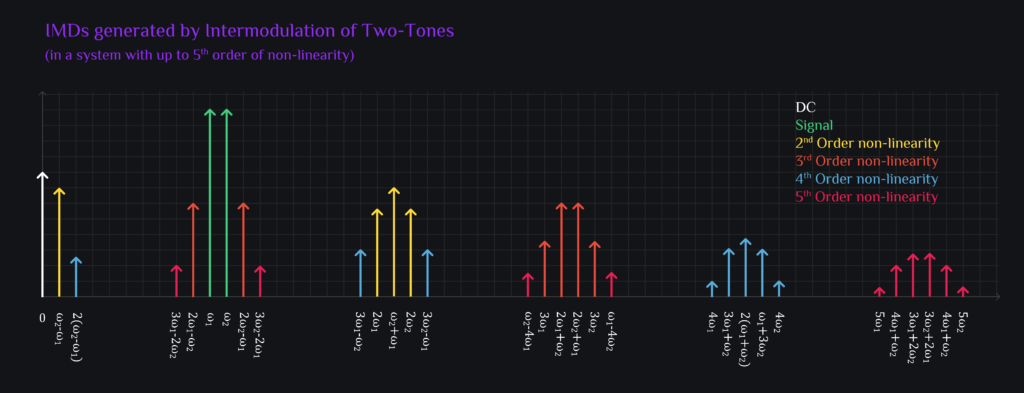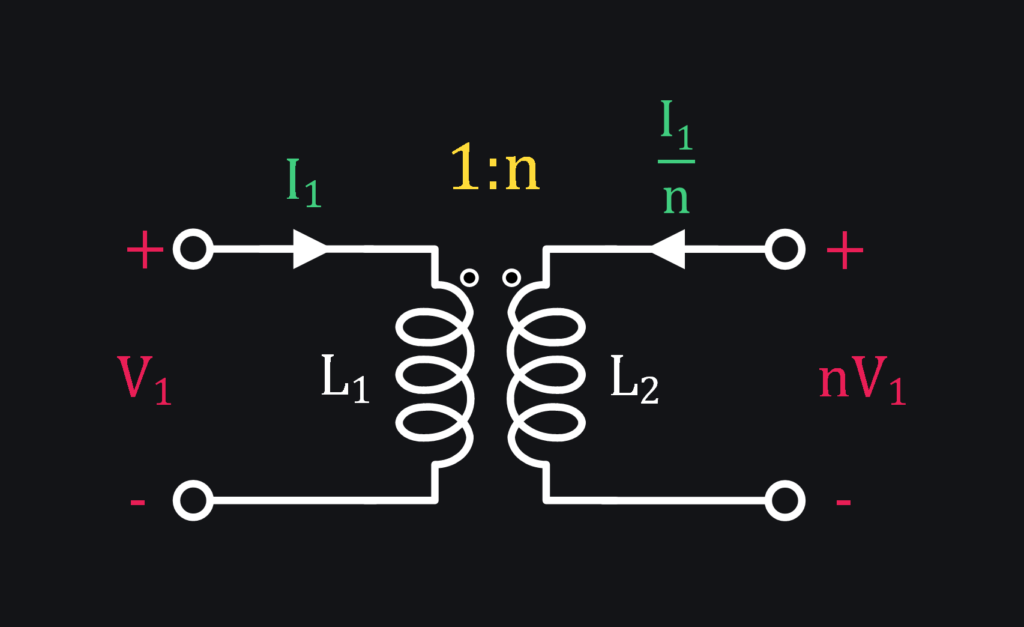Quality Factor and Gain – Passives Can Amplify Too
A Journey from Resonance to Impedance Matching Chp. 3: Passive Amplification using Quality Factor The Story of Unsung Hero Passives have been such underdog. All they ever did was taking your signal away from you. A resistor dissipated it away in heat. An inductor and a capacitor exchanged it back and forth. You always resorted […]
Quality Factor Formula – Inductor vs Resonator
A Journey from Resonance to Impedance Matching Chp. 2: Inductor vs Resonator Quality Factor The Ultimate Truth Teller The idea of quality factor originated from resonators and was ported to inductors later on. It was observed that a nice pure LC tank could not sustain oscillations because inductor degraded the quality of resonance. So instead […]
Quality Factor – How it All Started
A Journey from Resonance to Impedance Matching Chp. 1: Origin of Q-Factor The Deadly Beginnings #1 When a Capacitor discharges through Resistor Let’s start from a capacitor C. Charge it to 1V. Now connect it to a resistor R. What will happen? Capacitor will lose charge exponentially. You would say, ok, my time constant (tau) […]
TX Receive Band Noise
TX Receive Band Noise Spec Explained As with any circuit, a TX comes with two basic impairments: distortion and noise. Some of these fall very close to the signal band, get transmitted out of antenna, and cause emissions in adjacent channels measured as ACLR. And some of these fall a little far away from signal […]
TX EVM Breakdown
TX EVM EVM is one of the key TX design spec. EVM is a measure of signal quality. It is a measure of in-band distortion and noise while ACLR was a measure of out-of-band distortion and noise. Funny enough that since it is in-band, you do not care as much about it as ACLR. If […]
Phase Noise Integration in ACLR
Estimate Noise Contribution in TX ACLR A TX is required to comply with Spectral Mask which basically says you cannot transmit x amount of power outside of your given frequency band. As with everything in life, TX is not ideal and ends up spilling some power in adjacent bands which is measured as ACLR. This […]
Baseband Tones Intermodulation
Intermodulation of Two Baseband Tones This is part 3 in series of two tone intermodulation distortion. When we usually talk about two tone intermods, we mean it for two RF tones for which 2nd harmonics or even order terms fall far away, and we say we only care about IM3 and IM5 because they are close […]
Intermodulation Distortion Analysis

Advance Intermodulation Distortion Analysis This is part 2 in series of two tone intermodulation distortion analysis. Whether you are optimizing linearity or debugging it, you want to understand what are different distortion products, how do they get generated and what are they made of. For example, IM3 is made of odd order non-linearities: 3rd order has […]
TX ACLR Breakdown
TX ACLR TX is one of the most challenging (and rewarding) block in RFIC design, and ACLR is one of the key TX design spec. ACLR is a measure of out-of-band distortion (and noise) that leaks to the neighboring band. While IM3 is a great test for distortion, it leaves a lot to be desired […]
RFIC Transformer Model

Integrated Transformer Models We decided to write this article because there are only so many different models of a transformer that exist. Analog IC designers, RFIC designers and mm-wave IC designers – they all understand transformers a little differently. Enough is enough. We are putting together a list of different models (with derivations of course) […]